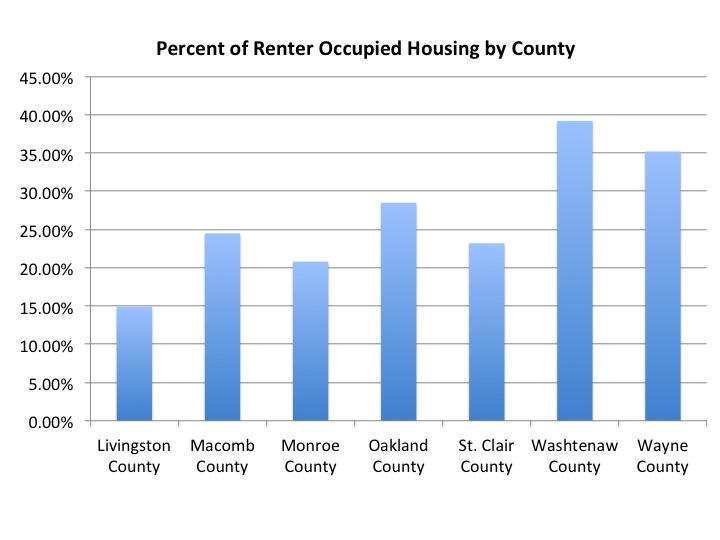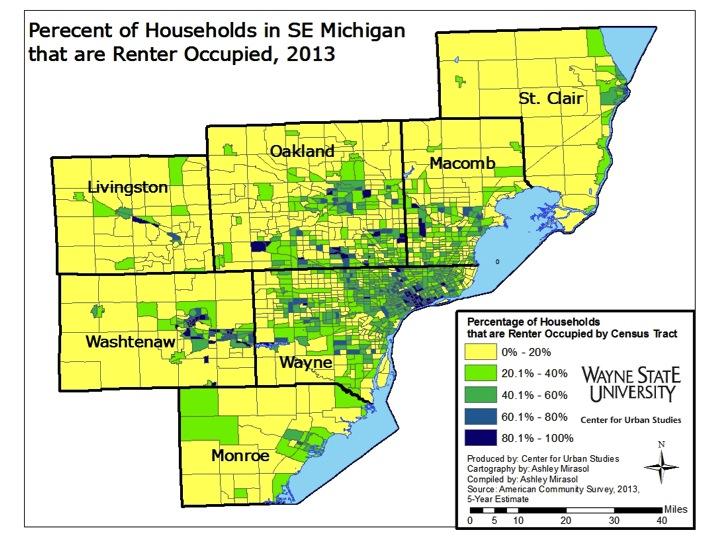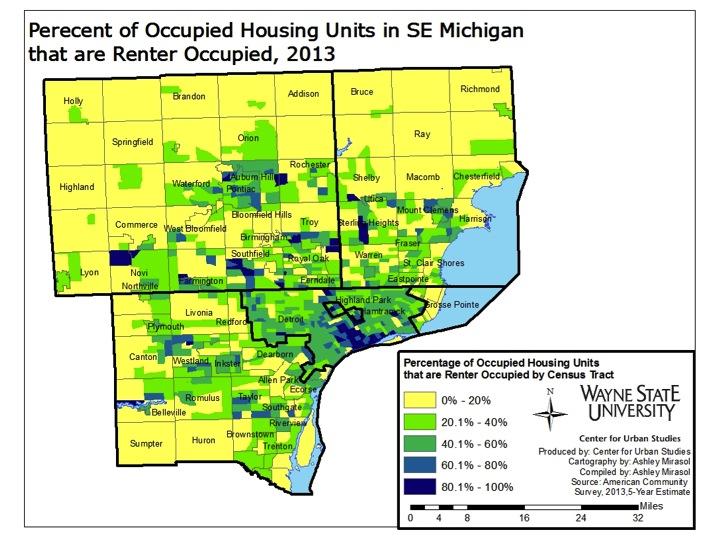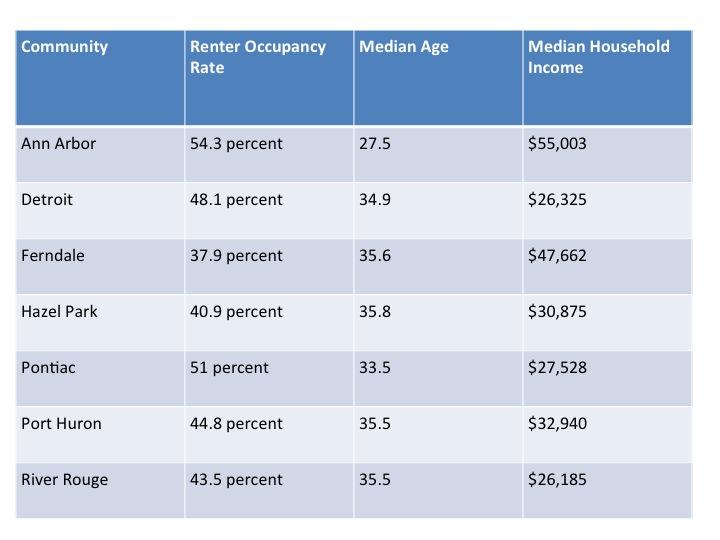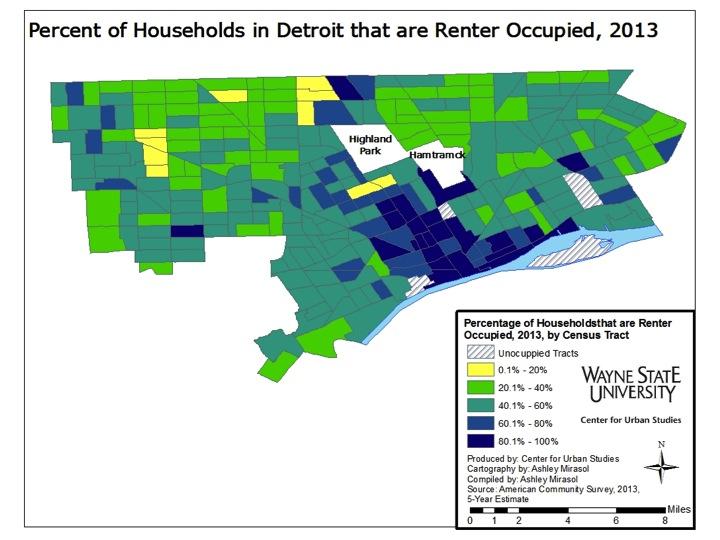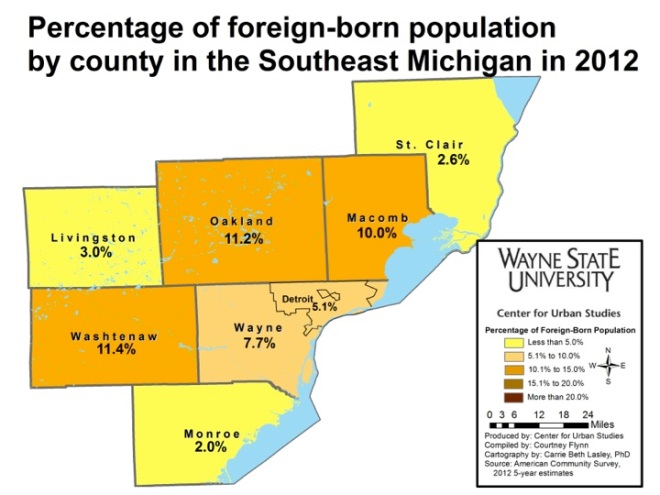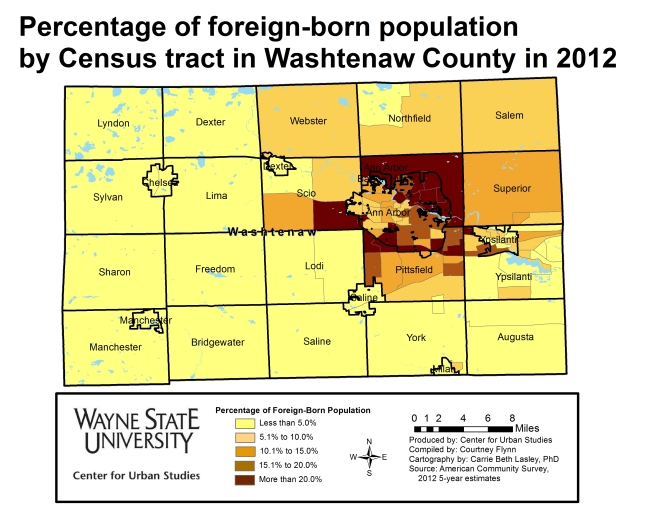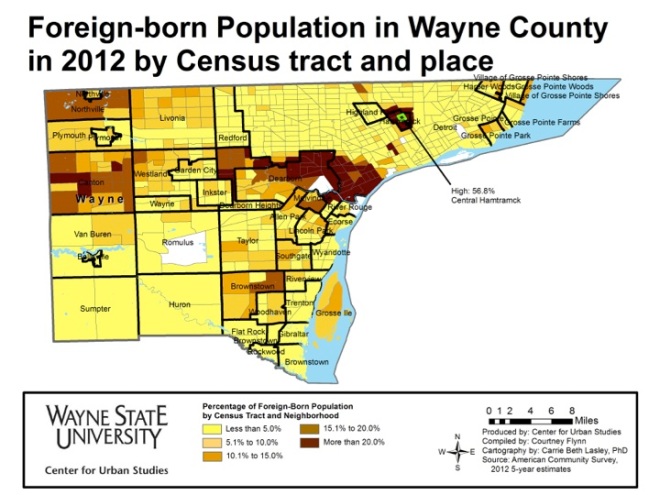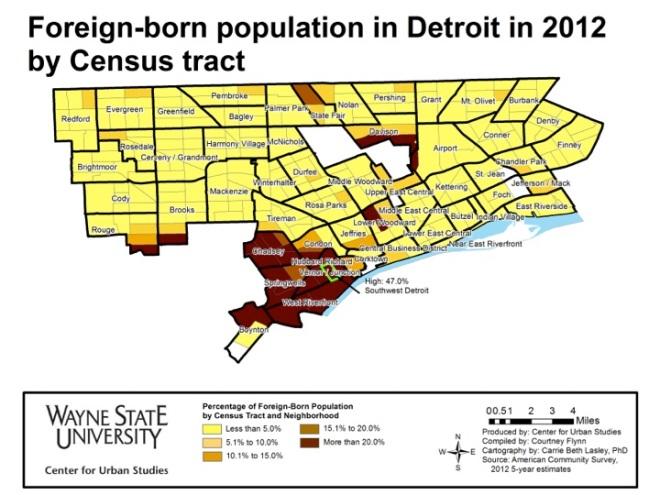The impacts of climate change are growing every year, and while those impacts vary by location, they are evident and growing. As individuals we directly impact climate change through our behaviors, for better or worse, and while personal actions can bring great change, governmental policies and programs can have lasting effects. We often hear about the climate action policies and programs set forth by the federal and state government, but local governments are stepping forward to combat climate change as well. Through the creation of sustainability offices and positions, the implementation of climate action plans, the building of climate resiliency hubs, and more, local governments throughout Michigan are stepping up to improve their residents’ quality of life.
Some noteworthy examples of local government sustainability practices and programs include:
Ann Arbor: In 2022 a 20-year, 1 mill climate-action tax proposal was approved by voters to provide funds for the city to investment in renewable energy and other initiatives that will allow Ann Arbor to reach carbon-neutrality, or the A2Zero goal, by 2030. The millage revenue will fund programs and services that will include rebates for households and businesses to use solar or geothermal energy and make energy-efficiency upgrades, the growth of accessibility of electric vehicle chargers, the creation of rain gardens, more tree plantings and increases in recycling, composting, pedestrian/cycling infrastructure and more. In addition to having community support for climate action programs, Ann Arbor also has a Sustainability Office dedicated to the sense of urgency required to combat and alleviate the impacts of climate change. The work of this office is guided by the Ann Arbor Carbon Neutrality Plan: A2ZERO. Ann Arbor’s commitment to carbon neutrality is clear, not only through its adopted policies but also through its funding allocations. From staffing to a contract selection process that prioritizes outside organizations with sustainability practices, Ann Arbor’s commitment to improving the environment, and lives, through sustainable practices is clear.
Detroit: The state’s largest city has a Sustainability Office with the mission of leading initiatives that reduce emissions, increase resiliency and improve residents’ quality of life. This office carries out items from the City’s Climate Action Agenda and Strategy, administrates Detroit’s Solar Neighborhood Initiative and aims to reduce waste and accelerate energy efficiency in Detroit. The Solar Neighborhood Initiative is one of the many programs being implemented to combat climate change. This program aims to turn 250 acres of vacant land in the city into solar energy centers that will generate enough clean energy to offset the electricity used currently by 127 city buildings. The locations will be selected in early 2024.
Additionally, Detroit just opened its first Resilience Hub at AB Ford Park called the Lenox Center, which is located on the city’s east side near the Detroit River. The Lenox Center is one of three resilience centers being brought to the eastside of Detroit through the Resilient Eastside Initiative. The other two are the Eastside Community Network’s headquarters at Stoudamire Wellness Hub near Conner and Warren, and Brilliant Detroit’s literacy center in the Chandler Park neighborhood. The Resilient Eastside Initiative is a collaborative effort between the Eastside Community Network (ECN), the City of Detroit, Brilliant Detroit, and Elevate, a nonprofit based in Chicago. Resilience hubs were built to be able withstand many of the impacts of climate change, serve as centers for emergency management, reduce carbon pollution and bring a community together regularly.
Macomb County: Through the Resilient Macomb project, a land use and community development project focused on the natural resources in Harrison and Chesterfield townships, New Baltimore and St. Clair Shores (all along Lake St. Clair), management of the areas climate variability and its impacts were studied. This project focused on the coastal issues of the area (flooding, water quality) and how they can be addressed while improving the economic opportunities in the area. This study/report was developed by the Land Information Access Association (LIAA), a nonprofit community service and planning organization headquartered in Traverse City, Michigan, and is now in the process of being implemented.
Monroe County: The Resilient Monroe was sponsored by the City of Monroe, Frenchtown Charter Township and Monroe Charter Township and resulted in a Resilient Monroe Resource Atlas. This atlas provides several recommendations focused on increasing use of multi-modal transportation, supporting local agriculture and buying from such producers, and protecting water systems. The document also focuses on growing the area’s economy while understanding the changing environment.
While these are some notable programs and policies in place by local government entities to combat climate change and promote sustainability, many others are also doing what they can. For example, the City of Ferndale has a sustainability coordinator and office that focuses on programs such as their Waste Reduction and Recycling Master Plan and their Greenhouse Gas Inventory Report. Cities throughout the state are installing rain gardens to help prevent flooding and promote natural landscaping. Sustainability citizen groups administrated by municipalities, all with the goal of bringing buy-in to sustainable practices, also occur throughout the state. Regional organizations, such as the Southeastern Michigan Council of Governments and the Michigan Municipal League host seminars, pull together municipal leaders for greater thought power and create programs all aimed reducing the impacts of climate change and increasing resiliency.
To witness such steps occurring beyond the state and federal levels is inspiring, but remaining committed to the implementation is key, as is weaving the principles of sustainability into all goals, policies and programs. As has already been shown, climate change is impacting Southeast Michigan through more heat waves, flooding and extreme precipitation events. To combat these impacts, and the impacts of our actions at a global scale, both large and small changes in how we conduct our lives-from grocery shopping to the work we perform to how obtain our energy and beyond-must be altered, with the goals being centered around carbon neutrality and sustainability. The programs and policies discussed in this post can serve as guide posts for all municipalities to explore and tailor to their communities’ makeup and needs.
